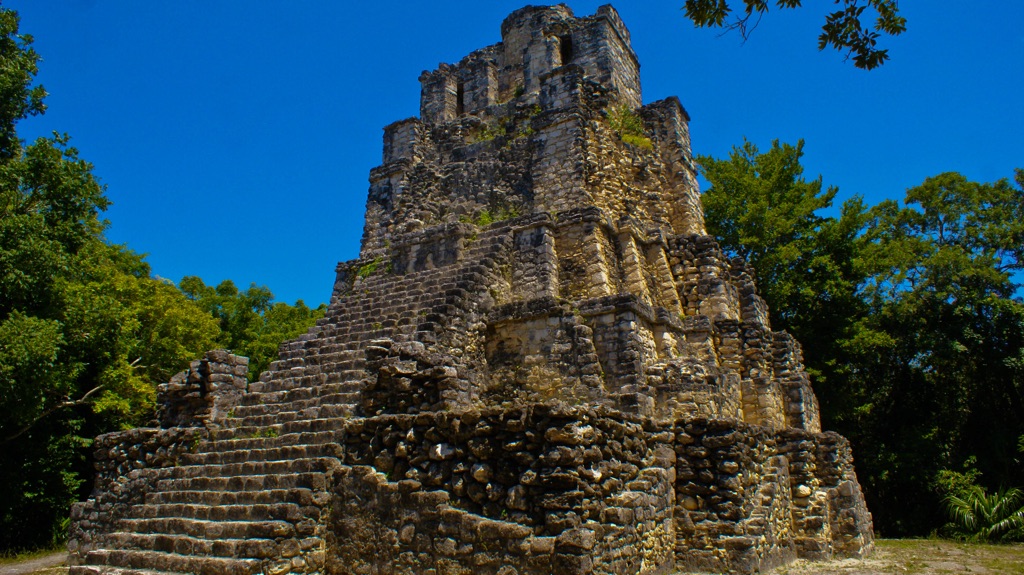Chunyaxche, known today as Muyil, is an ancient Mayan site located in the modern-day state of Quintana Roo, Mexico. Nestled in the Sian Ka’an Biosphere Reserve, it is one of the oldest and longest inhabited Mayan sites on the eastern coast of the Yucatan Peninsula. Muyil boasts a rich history that spans several centuries, with evidence of its earliest settlement dating back to as early as 350 BCE. The site is renowned for its well-preserved ruins, including temples, castillos, and the iconic El Castillo pyramid, which stands as a testament to the architectural prowess of the ancient Maya civilization.
Get your dose of History via Email
Historical Background of Chunyaxche (Muyil)
Chunyaxche, or Muyil, was first discovered by modern explorers in the early 20th century. Renowned for its well-preserved state, the site has since attracted archaeologists and historians alike. The Mayans built this city, and it thrived as a coastal trading post. It was a significant player in the extensive Mayan trade network, connecting inland cities with the Caribbean Sea. Muyil saw various inhabitants over the centuries, including later Mayan groups, before it was eventually abandoned around the time of the Spanish conquest.
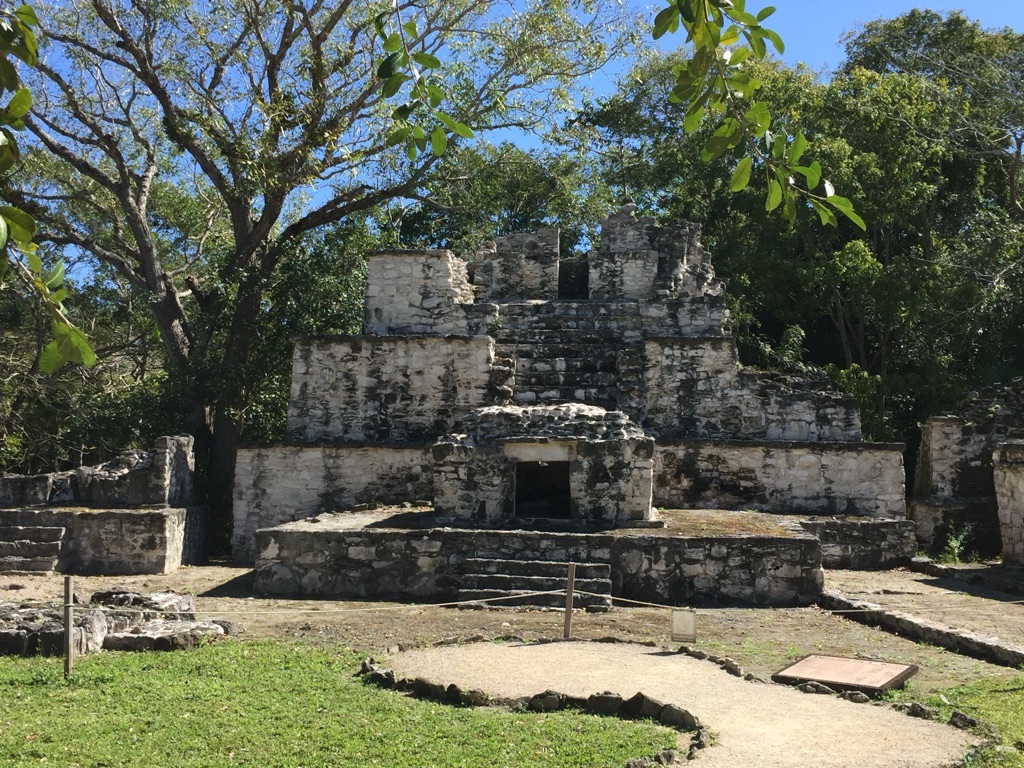
The site’s discovery is credited to explorers who documented the ruins in the 1920s and 1930s. However, it wasn’t until the 1970s and 1980s that more extensive archaeological work began. The ruins suggest that Muyil was an important religious center, as evidenced by the numerous temples and ceremonial structures. The city’s strategic location along waterways made it a hub for commerce and interaction with other Mayan cities.
One of the most significant structures at Muyil is El Castillo, a pyramid that served as a beacon for navigation. The site also includes other notable buildings such as the Temple of the Owls and the Temple of the Stelae. These structures highlight the city’s importance as a center of worship and administration. Muyil’s inhabitants later adapted the city to changing social and environmental conditions, which is evident in the architectural modifications seen throughout the site.
While Muyil was not the scene of any known major historical events, its continuous habitation and development reflect the resilience and adaptability of the Mayan civilization. The site’s longevity is a testament to its significance within the Mayan cultural and economic landscape. Muyil’s role in trade and its religious significance have made it a focal point of study for understanding the Mayan coastal economies and belief systems.
Today, Muyil stands as a valuable historical site that offers insights into the Mayan way of life. It is a place where visitors can step back in time and experience the grandeur of Mayan architecture and the ingenuity of their urban planning. The site continues to be a subject of research, with ongoing excavations and studies shedding light on the complexities of Mayan society.
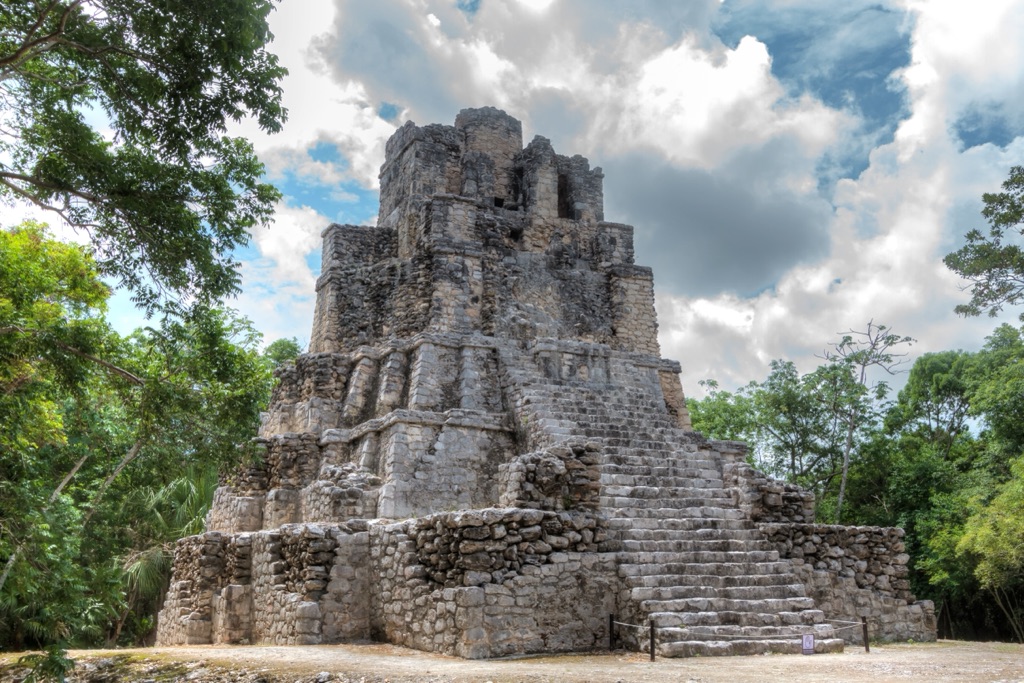
About Chunyaxche (Muyil)
Muyil is a remarkable archaeological site that showcases the architectural and engineering skills of the ancient Maya. The site includes several structures made from limestone, the primary building material used by the Maya due to its abundance in the region. The architecture at Muyil features the typical Mayan corbel arches and intricate stone carvings that reflect the sophistication of Mayan artistry.
The most prominent structure at Muyil is El Castillo, a pyramid that rises above the tree line. This edifice is a classic example of Mayan step-pyramid design, with a stairway leading to a temple at the top. The pyramid’s strategic position near the lagoon suggests it may have served as a landmark for trade routes. The Temple of the Owls and the Temple of the Stelae are other significant buildings that exhibit the ceremonial importance of Muyil.
Construction techniques at Muyil were advanced for their time. The Maya utilized a system of sacbeob, or white roads, made of compacted limestone and stucco, to connect various parts of the city and facilitate trade and communication. The site also includes remnants of a complex water management system, with canals and reservoirs that controlled the flow of water and allowed for irrigation and transportation.
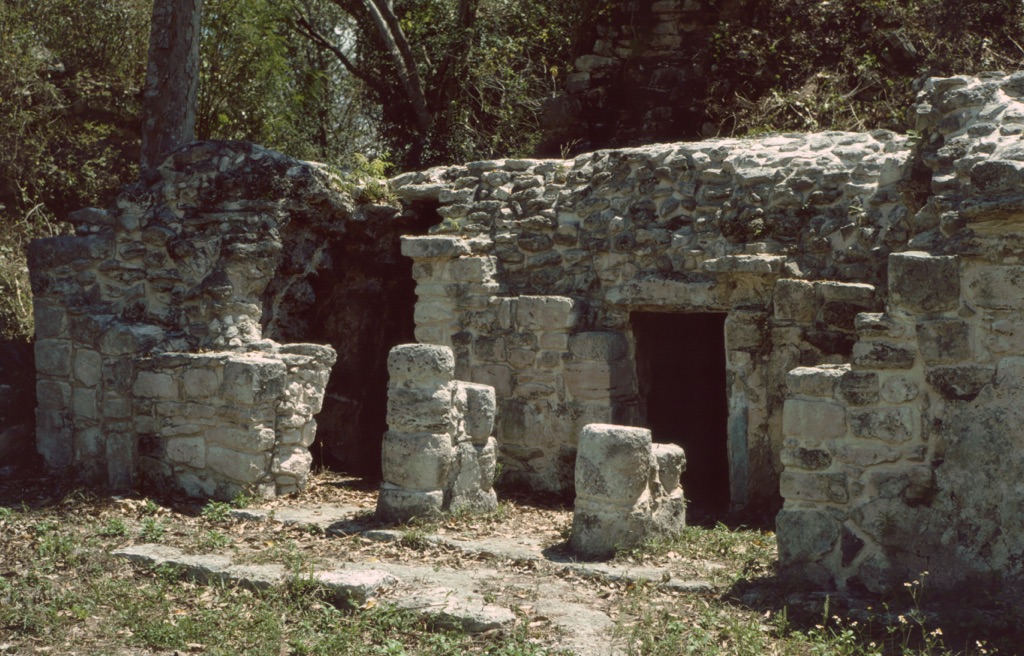
Architectural highlights of Muyil include the intricate stucco facades and detailed carvings that adorn many of the buildings. These elements not only served aesthetic purposes but also had symbolic meanings, often related to Mayan mythology and cosmology. The site’s layout reflects the Mayans’ deep understanding of astronomy, with some structures aligned with celestial events.
Despite the ravages of time, Muyil’s ruins remain in a remarkable state of preservation. This allows for a vivid glimpse into the past, where one can appreciate the grandeur of Mayan architecture and the complexity of their urban and ceremonial centers. The site’s preservation efforts ensure that Muyil will continue to be a source of knowledge and inspiration for future generations.
Theories and Interpretations
Several theories and interpretations surround the purpose and significance of Muyil. Some scholars suggest that the site was primarily a religious center, with its temples and altars indicating a strong ceremonial presence. Others argue that Muyil’s location points to its role as a vital trade hub, connecting the inland Mayan cities with the Caribbean Sea.
The mysteries of Muyil include the exact functions of certain structures and the reasons behind the city’s eventual abandonment. While some buildings clearly had religious purposes, others may have served as administrative centers or residences for the elite. The reasons for Muyil’s decline are still debated, with theories ranging from environmental changes to social upheaval.
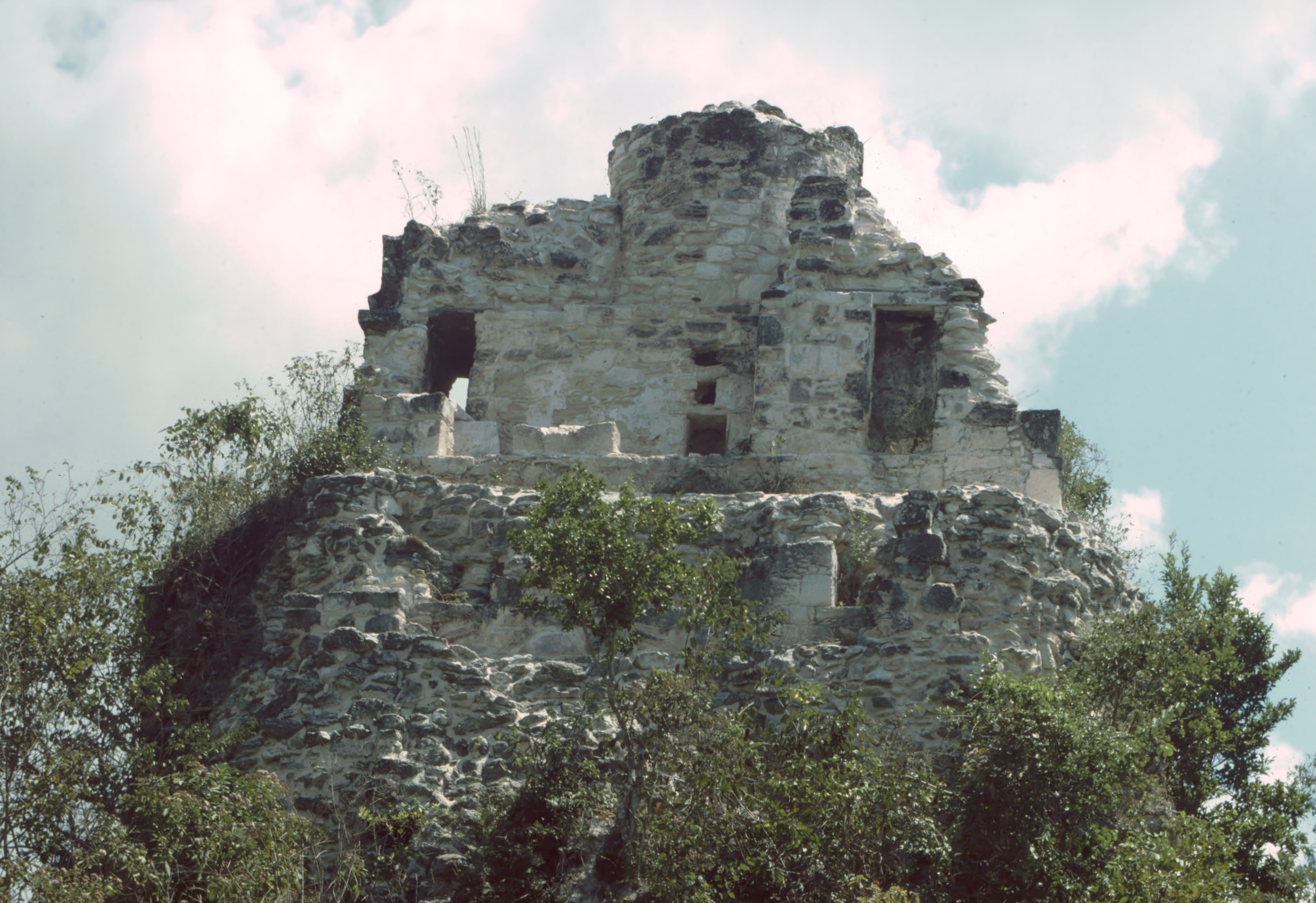
Interpretations of the site have been matched to historical records through the study of Mayan glyphs and pottery found at Muyil. These artifacts provide clues about the daily life, trade practices, and religious beliefs of the inhabitants. Dating of the site has been carried out using methods such as radiocarbon dating and stratigraphy, revealing that Muyil was inhabited for over a millennium.
One of the most intriguing aspects of Muyil is the alignment of certain structures with astronomical events. This has led to theories about the Mayans’ advanced knowledge of astronomy and their incorporation of celestial patterns into their urban planning. The site’s sacbeob also suggest a highly organized society with a complex understanding of engineering and infrastructure.
Despite ongoing research, many aspects of Muyil remain shrouded in mystery. Each new discovery adds a piece to the puzzle, providing a richer understanding of the Mayan civilization. As archaeological techniques advance, scholars hope to uncover more about the enigmatic city of Muyil and its place in Mayan history.
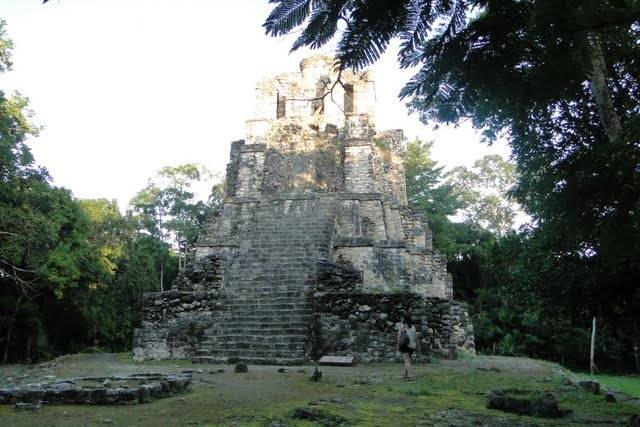
At a glance
- Country: Mexico
- Civilization: Maya
- Age: Approximately 2,300 years (350 BCE to 1500 CE)
Conclusion and Sources
- Wikipedia – https://en.wikipedia.org/wiki/Muyil

